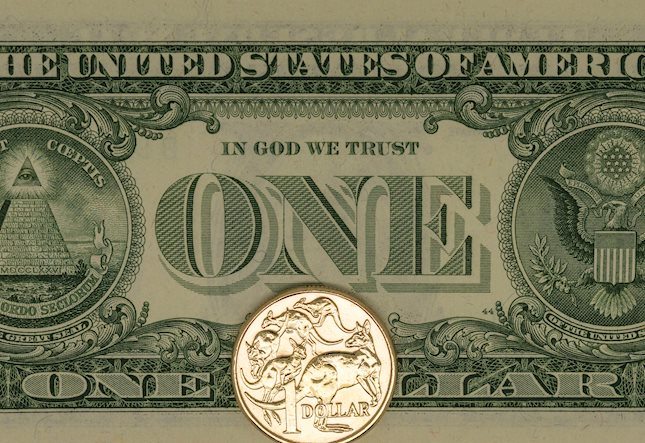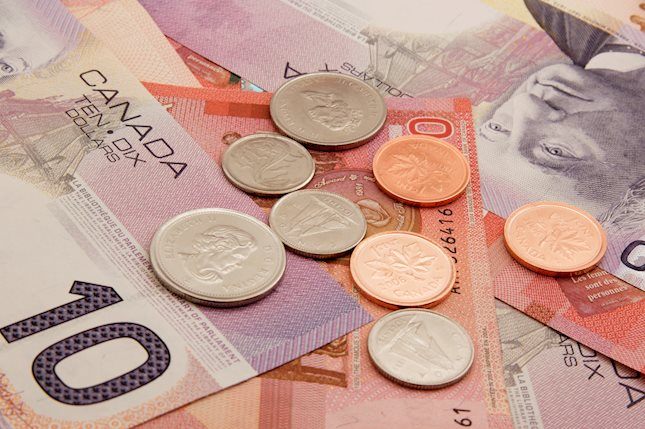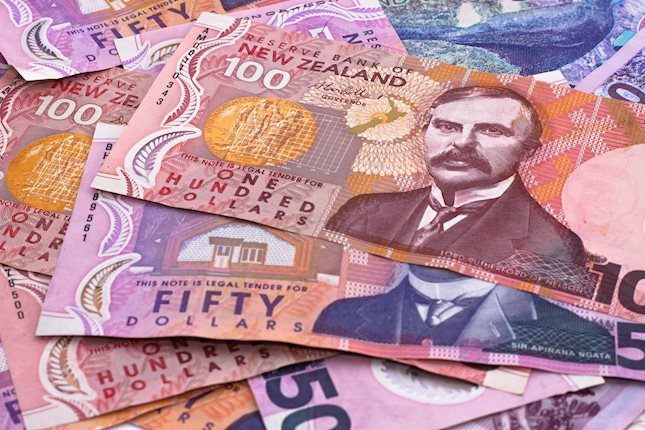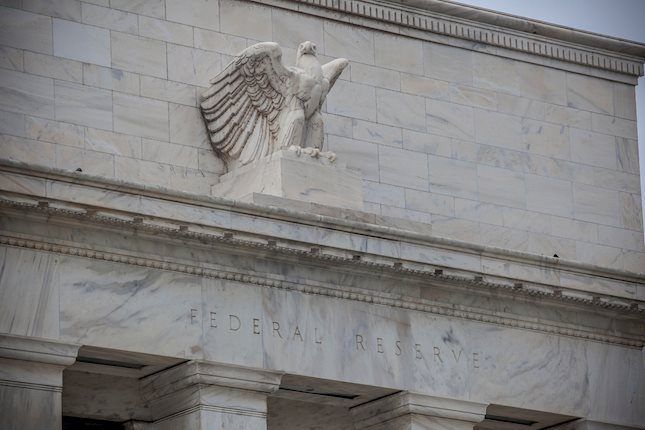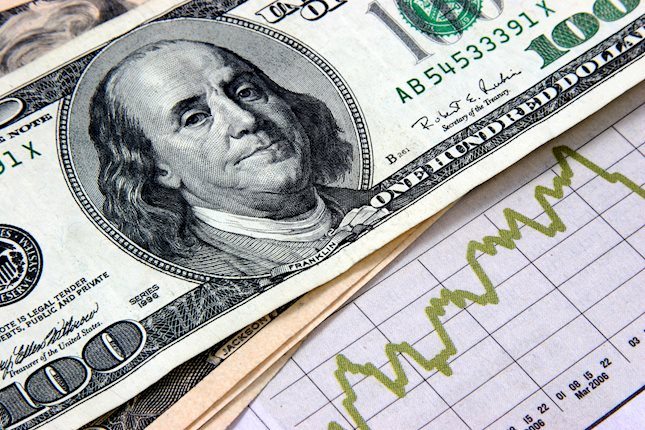Gold price bulls retain control near record high, despite elevated US bond yields
- Gold price attracts dip-buyers and draws support from a combination of supporting factors.
- The US political uncertainty and Middle East tensions underpin the safe-haven XAU/USD.
- The easing monetary policy environment offsets rising US bond yields and also offers support.
Gold price (XAU/USD) sticks to its intraday gains through the first half of the European session and currently trades around the $2,735 region, just below the all-time peak touched the previous day. Against the backdrop of persistent geopolitical risks stemming from the ongoing conflicts in the Middle East, the uncertainty surrounding the November 5 US Presidential election acts as a tailwind for the safe-haven precious metal.
Furthermore, the expected interest rate cuts by major central banks and a modest US Dollar (USD) downtick underpin demand for the non-yielding Gold price. Meanwhile, expectations for a less aggressive policy easing by the Federal Reserve (Fed) lift the US Treasury bond yields to their highest level in almost three months. This should limit the USD corrective slide and cap gains for the commodity amid slightly overbought conditions.
Daily Digest Market Movers: Gold price remains supported by rate cut bets, geopolticial risks and US political uncertainty
- A projectile crossing from Lebanon fell in an open area in central Israel, while the latter warned of more attacks on Hezbollah after targeting the Iran-backed group's financial operations.
- The European Central Bank last week lowered interest rates for the third time this year – marking the first back-to-back rate cut in 13 years – and eyes more cuts amid an economic downturn.
- Weak inflation data from the UK solidified bets for more aggressive rate cuts by the Bank of England and the Federal Reserve is also anticipated to lower borrowing costs further.
- Opinion polls indicate that Vice President Kamala Harris and former President Donald Trump remain locked in a close contest as the November 5 US Presidential election approaches.
- Meanwhile, increasing concerns that Donald Trump's win could see the launch of further potentially inflation-generating tariffs triggered the overnight selloff in US government debt.
- Moreover, the markets have fully priced out the possibility of another jumbo interest rate cut by the Fed in November, lifting the US Treasury bond yields to nearly three-month highs.
- The US Dollar preserves its recent strong gains to the highest level since early August, albeit does little to dent the underlying strong bullish sentiment surrounding the Gold price.
- Traders now look to the release of the Richmond Manufacturing Index, which, along with Philadelphia Fed President Patrick Harker's speech, might provide some impetus to the XAU/USD.
Technical Outlook: Gold price bulls might aim to challenge ascending trend-channel resistance near $2,750 area
From a technical perspective, the recent move-up witnessed over the past two weeks or so has been along an ascending channel. This points to a well-established short-term uptrend and supports prospects for a move towards challenging the trend-channel resistance, currently pegged near the $2,750 region. That said, the Relative Strength Index (RSI) on daily/4-hour charts is flashing slightly overbought conditions and warrants some caution. Hence, it will be prudent to wait for some near-term consolidation or a modest pullback before traders start positioning for the next leg up.
Meanwhile, any corrective slide now seems to find some support near the $2,720 region. This is closely followed by the lower end of the aforementioned channel, currently pegged near the $2,710 area, which if broken decisively should pave the way for deeper losses. The subsequent fall could drag the Gold price below the $2,700 mark, towards the $2,685 support. The latter should act as a key pivotal point, below which the XAU/USD could accelerate the decline towards the $2,662-2,661 resistance breakpoint, now turned support.
Interest rates FAQs
Interest rates are charged by financial institutions on loans to borrowers and are paid as interest to savers and depositors. They are influenced by base lending rates, which are set by central banks in response to changes in the economy. Central banks normally have a mandate to ensure price stability, which in most cases means targeting a core inflation rate of around 2%. If inflation falls below target the central bank may cut base lending rates, with a view to stimulating lending and boosting the economy. If inflation rises substantially above 2% it normally results in the central bank raising base lending rates in an attempt to lower inflation.
Higher interest rates generally help strengthen a country’s currency as they make it a more attractive place for global investors to park their money.
Higher interest rates overall weigh on the price of Gold because they increase the opportunity cost of holding Gold instead of investing in an interest-bearing asset or placing cash in the bank. If interest rates are high that usually pushes up the price of the US Dollar (USD), and since Gold is priced in Dollars, this has the effect of lowering the price of Gold.
The Fed funds rate is the overnight rate at which US banks lend to each other. It is the oft-quoted headline rate set by the Federal Reserve at its FOMC meetings. It is set as a range, for example 4.75%-5.00%, though the upper limit (in that case 5.00%) is the quoted figure. Market expectations for future Fed funds rate are tracked by the CME FedWatch tool, which shapes how many financial markets behave in anticipation of future Federal Reserve monetary policy decisions.
Forex News
Keep up with the financial markets, know what's happening and what is affecting the markets with our latest market updates. Analyze market movers, trends and build your trading strategies accordingly.









